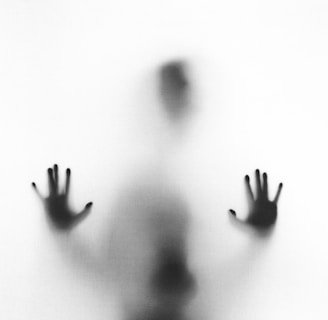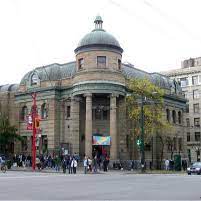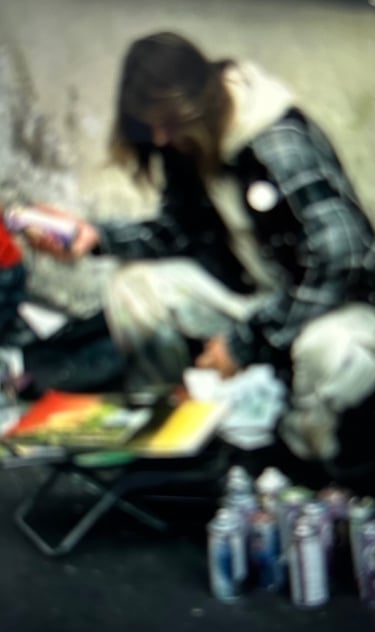... is a process that focuses on allowing a welcoming, conscious relationship with the shadow, subjectively and as a witness compassionately "being with" the expressions and experience of the body and nervous system states and awareness of possibly old narratives that can surface and be reflected upon.


Shadow Dancing
Experiencing co-regulation is a biological imperative. When someone experiences healing, i.e. has not only a subjective experience of healing but also, at the same time, an objective, more witnessing experience, is aware of the process, then someone has grown this capacity and developed the skill to self-regulate and self-heal when needed.


Healing in Awareness
Experience a trusting attachment


Before this capacity or a process of self-healing can occur, someone must first have had an experience of co-regulation, either in the early years in a secure, trusting attachment environment or later between significant others or between a therapist and client.
From an IFS perspective, healing occurs when the Self can be in a supportive, loving, accepting relationship with the exile or protectors (managers/firefighters). That would be an example of a skill or capacity for healing, a process of self-regulation allowing for recovery.
Internal Family Systems


In both examples, using the metaphor of Shadow Dancing would not be accurate as we see the nervous system acting on its own (limbic and reptilian brain), separate from the part (prefrontal cortex) that would be able to dance with the shadow consciously. There was no integration, and there seemed to be no conscious awareness of what was happening. No association but dissociation.
Connecting with the shadow


Downtown, people with addictions ....
Downtown Vancouver is infamous for its homeless population and the high rate of people who live on the streets and use drugs. Carnegie Community Centre is an inspiring place offering free meals to homeless residents. They organise many classes, practical support and social-cultural gatherings. Membership is $1 annually, and the centre has many volunteers. I was one of them for several months, working in the kitchen and dining area.


Physiology and addictions
Learning about physiology and our nervous system (more about that later) allowed me to understand what I witnessed: trauma stories are carried in states of autonomic dysregulation, as I learned from Dr. Stephen Porges. Using substances might and can be considered an attempt to balance the system.


Calm or Chaotic?


Being interested in the history of Vancouver and its well-known addiction struggles in the downtown area, I watched a documentary shot in Vancouver showing two women who had just taken drugs. One of them just sat down, didn't move and experienced the anticipated drug-induced relaxation and dissociation; the other woman was physically chaotic, was moving around and shouted non-coherently. It seems her body moved independently, acting out a life of its own, making random and wild, seemingly involuntary movements as if the drugs were totally in control of her body.
Depending on the physiological state someone is in, the effects will vary. So, the woman with the wild movements activated her sympathetic nervous system, i.e., fight or flight, and the sedated woman activated her dorsal vagus para-sympathetic system, which allowed her to be numb and disconnected.
Fight or Flight?

